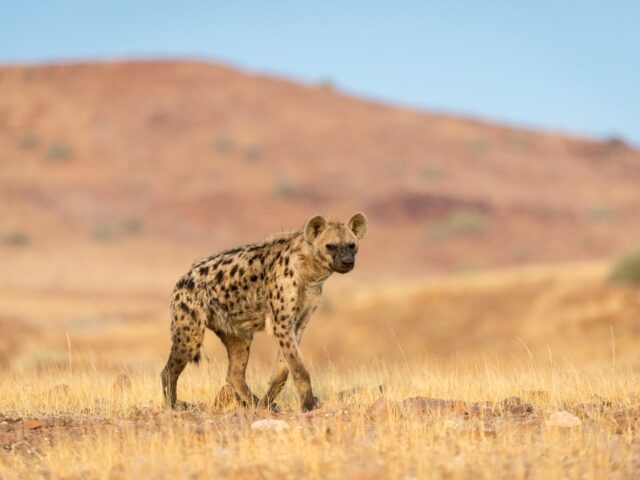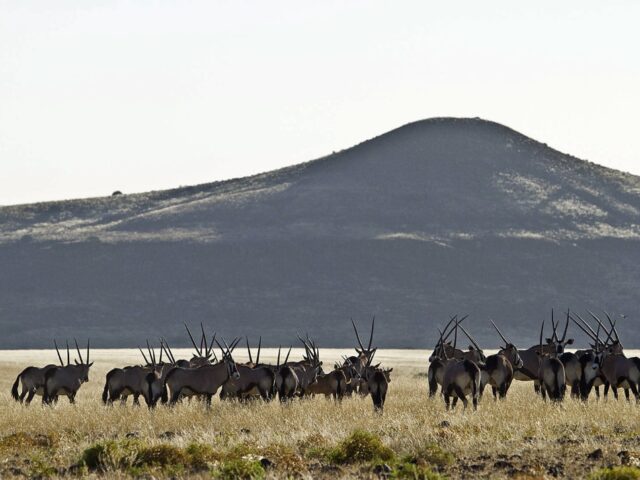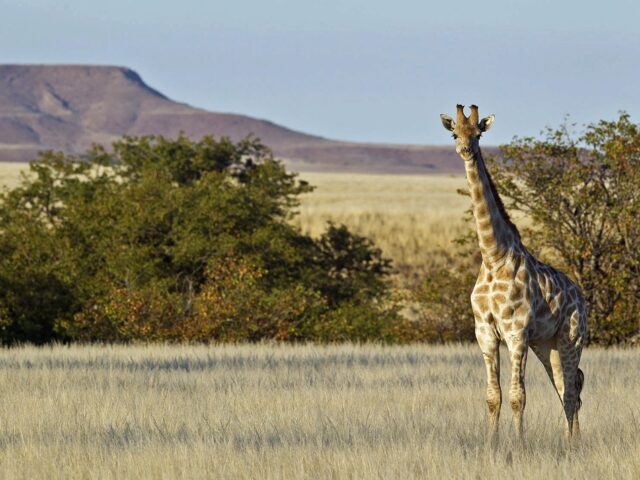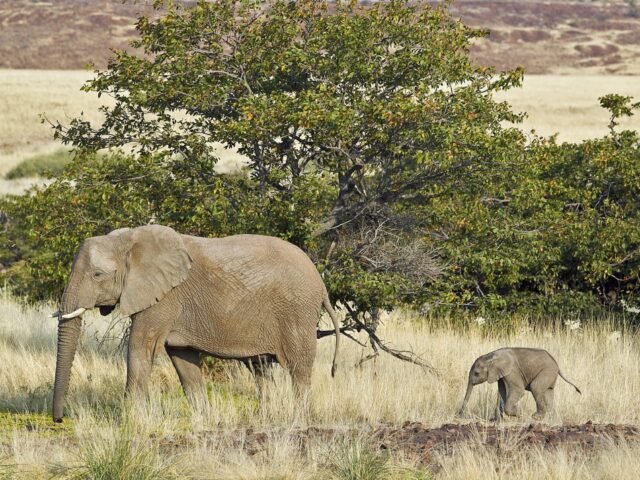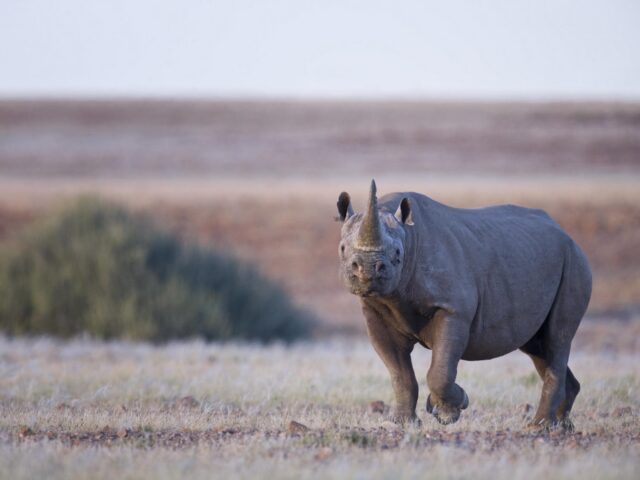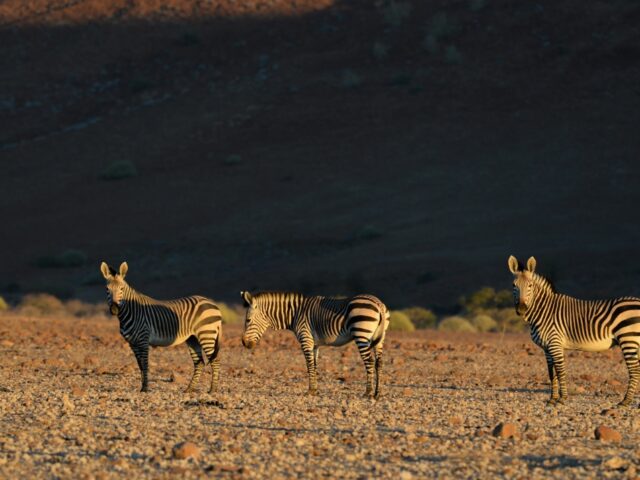Information
This region is marked for its tranquil, minimalist beauty, surprising wealth of arid-adapted wildlife and the largest free roaming black rhino population in Africa.
In a wide valley sometimes flush with grass, Desert Rhino Camp lies in the midst of the enormous Palmwag Concession, where trackers patrol and protect one of the largest free-ranging populations of the Endangered desert-adapted rhino in Africa.
Desert Rhino Camp functions as a collaborative effort between Wilderness Safaris and the Save the Rhino Trust (SRT) – an NGO that has been has been instrumental in the preservation of these rare, desert adapted black rhino. Having barely survived the slaughter of ’80s and ’90s throughout other parts of Africa, the black rhino population has doubled since the formation of the SRT.
No children under 12 years of age allowed
Rooms
The camp has eight comfortable Meru-style tents and a main area that overlooks a sweeping plain that is dotted with Namibia’s national plant, the Welwitschia. The campfire is where stories are told under Namibia’s star-studded skies.
Raised from the ground on a wooden deck, each tent features an en-suite bathroom with a hand basin, flush toilet and shower. Beds are made up with crisp, white linen and have two dark wood bedside tables with wicker reading lamps. An extension of the deck functions as a front verandah where guests can relax in director’s chairs to take in the magnificent vistas of the surrounding desert and Etendeka Mountains. Extra duvets are available for the sometimes frosty nights.
Facilities
The tented restaurant and lounge area of Desert Rhino Camp is also raised on a wooden deck in a single tent which is open plan and has partially open sides offering panoramic views. To one side there are couches and to the other a large, simple dining table. Evening meals are taken around the fire pit, in front of the lapa, where guests can relax and socialize.
Activities
Desert Rhino Camp – Birding
Birding enthusiasts are sure to enjoy the diverse avifauna found in the Palmwag Concession. Key species to look out for include Rüppell’s korhaan, Benguela long-billed lark and possibly Herero chat with some focused searching. Verreauxs’ eagle is often sighted around rocky hillsides.
Desert Rhino Camp – Full day outings with picnic lunch
Travel amongst rolling, rocky hills with scattered euphorbia, ancient welwitschia plants, scrubby vegetation and isolated clumps of trees through the 450 000-hectare Palmwag Concession and search out the fascinating desert-adapted wildlife of the region.
Desert Rhino Camp – Guided nature walks
Learn more about the smaller flora and fauna that live in this incredibly harsh environment. Adaptation to the desert environment is the miracle of all that survives here.
Desert Rhino Camp – Game Drives
Game drives showcase the magnitude of the landscape and offer the best possibilities of seeing desert-adapted wildlife including rhino, elephant, giraffe, antelope, zebra and maybe even the area’s predators.
Desert Rhino Camp – Rhino tracking on foot and by vehicle
We typically set out in the morning on game drive vehicles, behind the Save the Rhino trackers, who keep records on where and when previous rhino were seen. This enables them to track the rhino, although due to the vast terrain we sometimes drive long distances to view them. Once we have located an animal, tracking by foot can take place depending on the position or location of the rhino.

